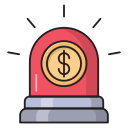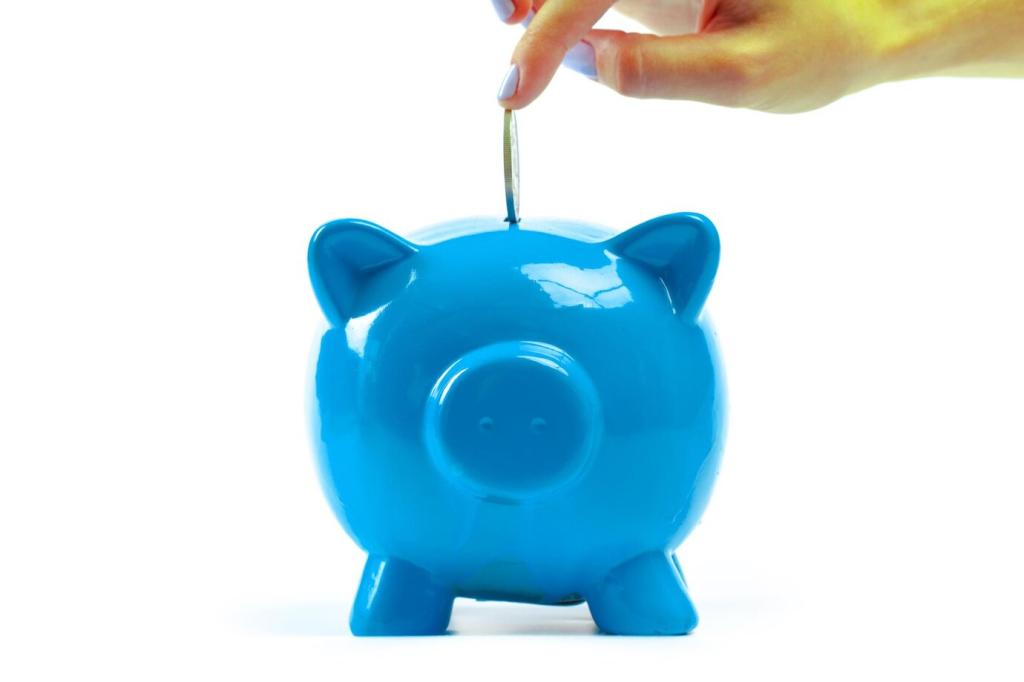
Establishing Your First Emergency Fund: Easy Steps
Theme selected: Establishing Your First Emergency Fund: Easy Steps. Welcome! Today we’ll turn financial worry into calm confidence by building a simple, sturdy emergency fund. Expect practical steps, relatable stories, and gentle nudges to take action now. Comment with your starting goal and subscribe to follow along.
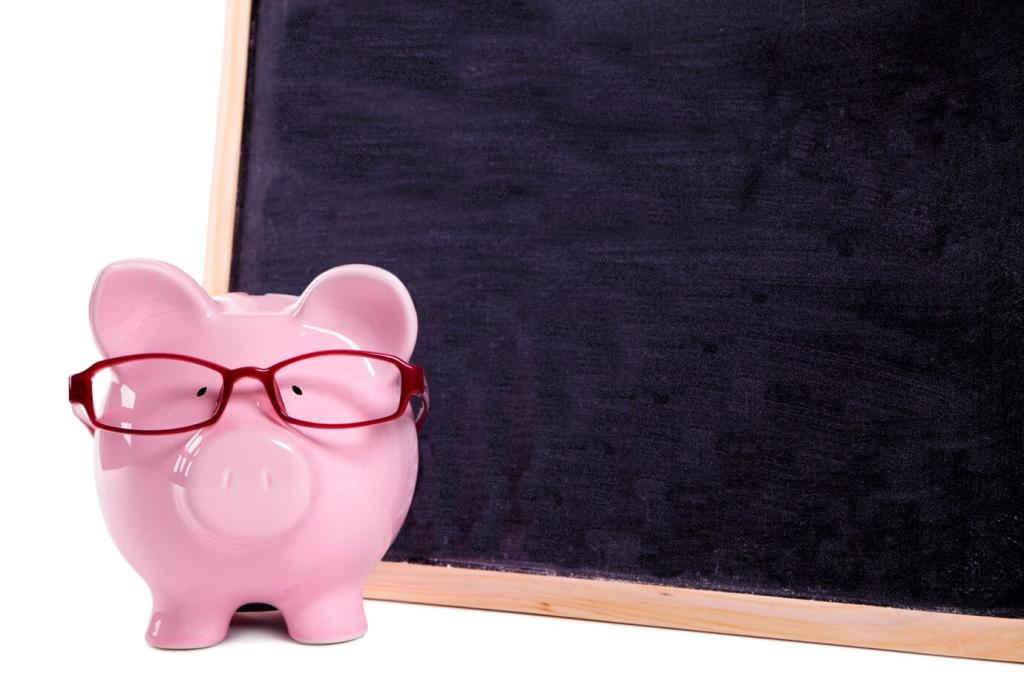
What It Shields You From
An emergency fund softens the shock of job loss, medical bills, or a broken water heater, so a crisis doesn’t become credit card debt. It buys breathing room and choices, letting you focus on solutions instead of scrambling to cover interest.

A True Story: Maya’s Flat Tire
Maya started with $600 in her emergency fund. A flat tire and tow would have wrecked her week, but she paid, exhaled, and refilled within a month. She later said the real payoff wasn’t the tire—it was the peace she felt driving afterward.
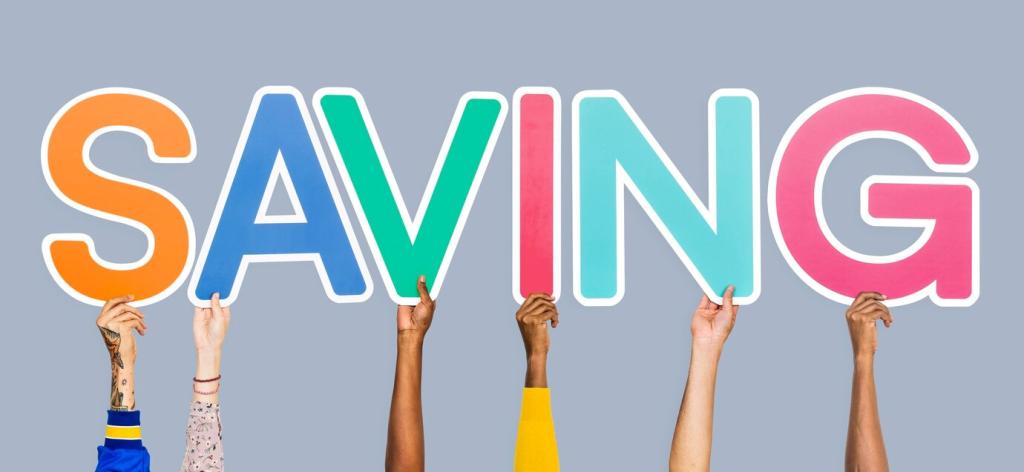
Join the Conversation
What surprise expense hit you last year—car repair, vet visit, surprise rent hike? Share it in the comments, then declare your first emergency fund target. Subscribe for weekly prompts and accountability nudges to keep your momentum steady.
Set a Clear, Achievable Target
Start Small, Then Scale
Begin with a starter goal of $500–$1,000 to protect against common emergencies. Once you hit it, aim for three to six months of essential expenses. Progress beats perfection, and small wins compound faster than you expect.
Know Your Essential Expenses
List rent or mortgage, utilities, groceries, transportation, insurance, and minimum loan payments. Add them up for one month of essentials, then multiply by three. This number becomes your long-term emergency fund target and guides every transfer you make.
Make Your Goal Feel Real
Name your account “Emergency Calm Fund,” set a phone reminder with your number, and place a sticky note on your wallet. Tell a friend your target in the comments and invite them to start with you for built-in accountability.
Pick a High-Yield, Separate Account
Choose an FDIC or NCUA-insured high-yield savings account, separate from everyday spending. Higher interest helps, but separation is the real superpower. Keep it liquid, safe, and mentally designated for emergencies only.
Automate Your Cash Flow
Split your direct deposit on payday so a fixed amount flows straight into the emergency fund. If that’s not available, schedule an automatic transfer for the day you’re paid. Automation removes willpower from the equation and guarantees progress.
Avoid Common Traps
Skip debit cards tied to the fund to reduce temptation. Confirm there are no monthly fees, and check transfer speeds. Keep investments separate; emergency money shouldn’t fluctuate with the market when your car battery refuses to start.
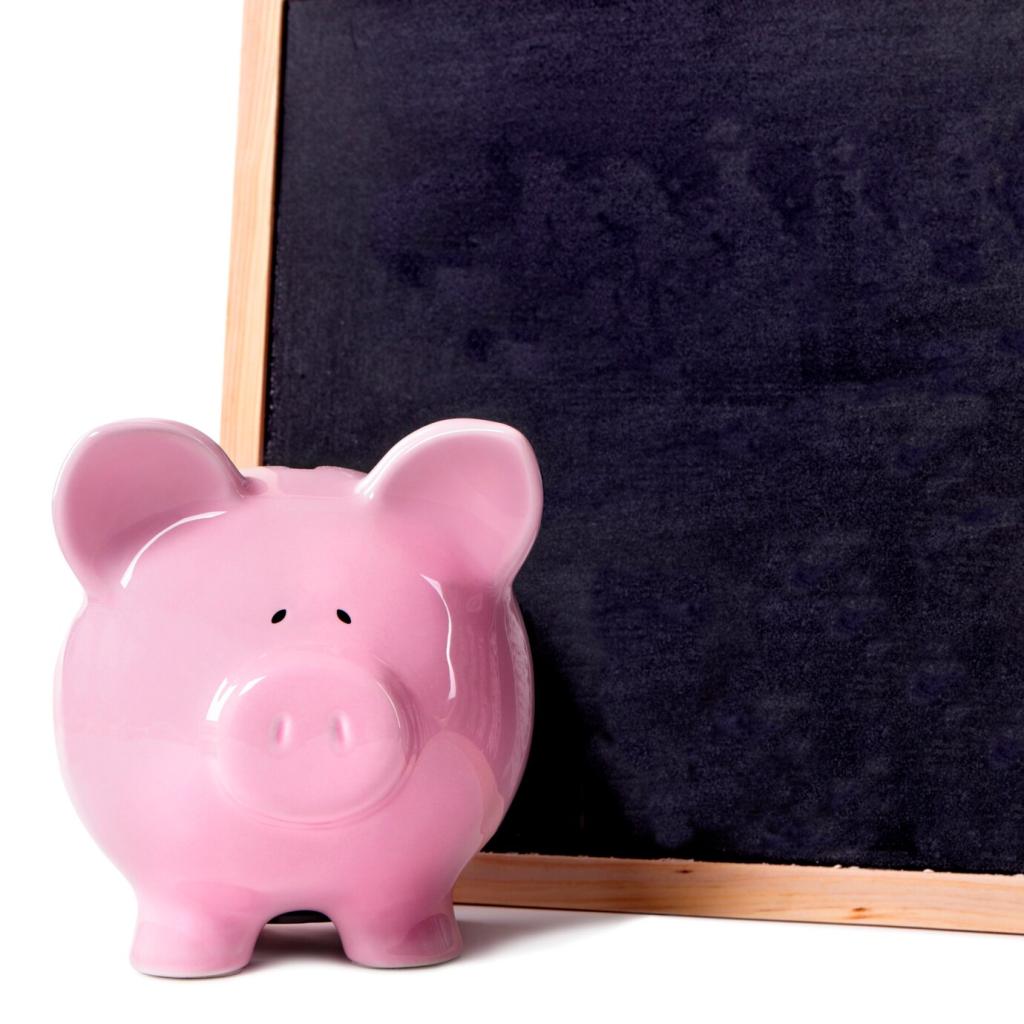

Fund It Fast with Simple Wins
Sell one unused item, cancel one subscription, and negotiate one bill. Transfer every dollar you free up directly into the emergency fund. Capture round-ups from purchases or automatically sweep small daily amounts you won’t miss.
Fund It Fast with Simple Wins
Batch-cook two dinners, pack lunch twice, and swap one ride-share for transit. Use a 24-hour rule before nonessential buys. Comment with your favorite painless cut—your idea might help someone hit their first $100 today.
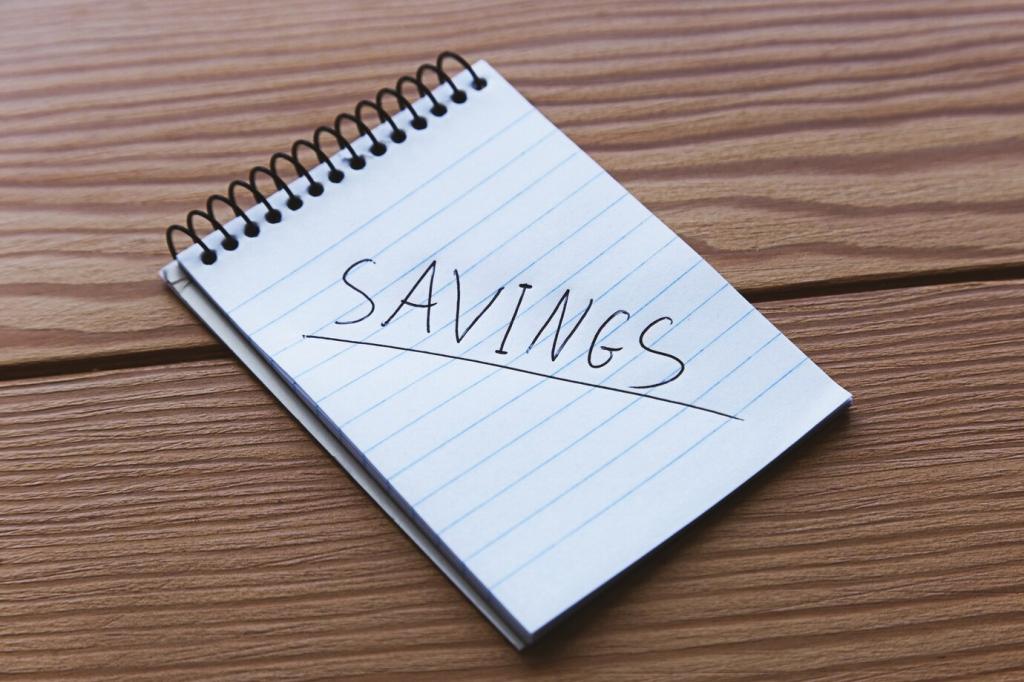
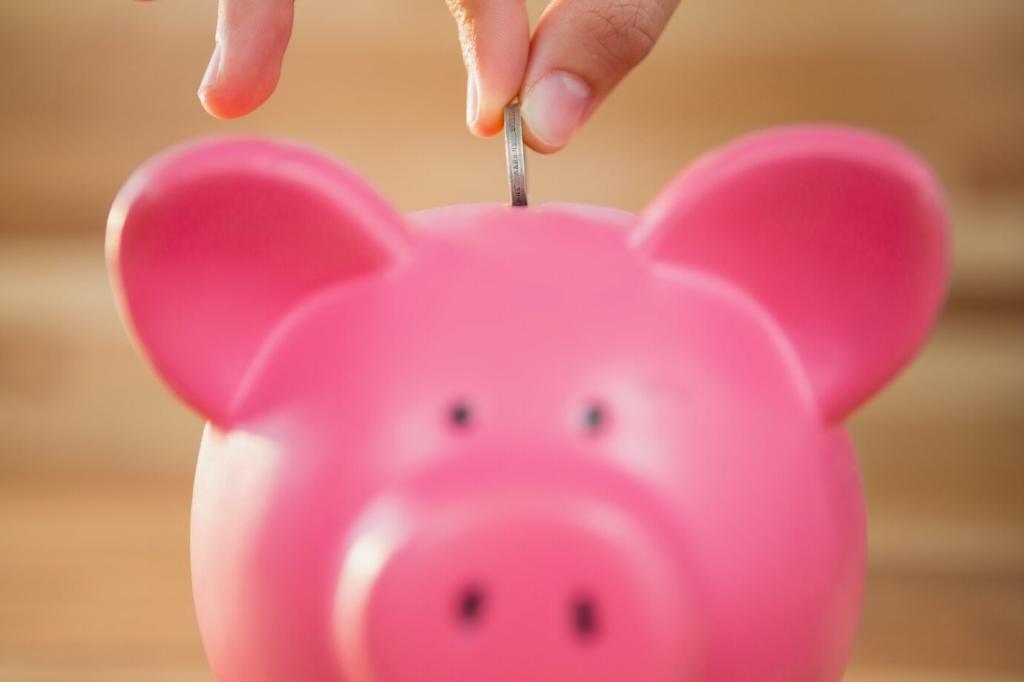
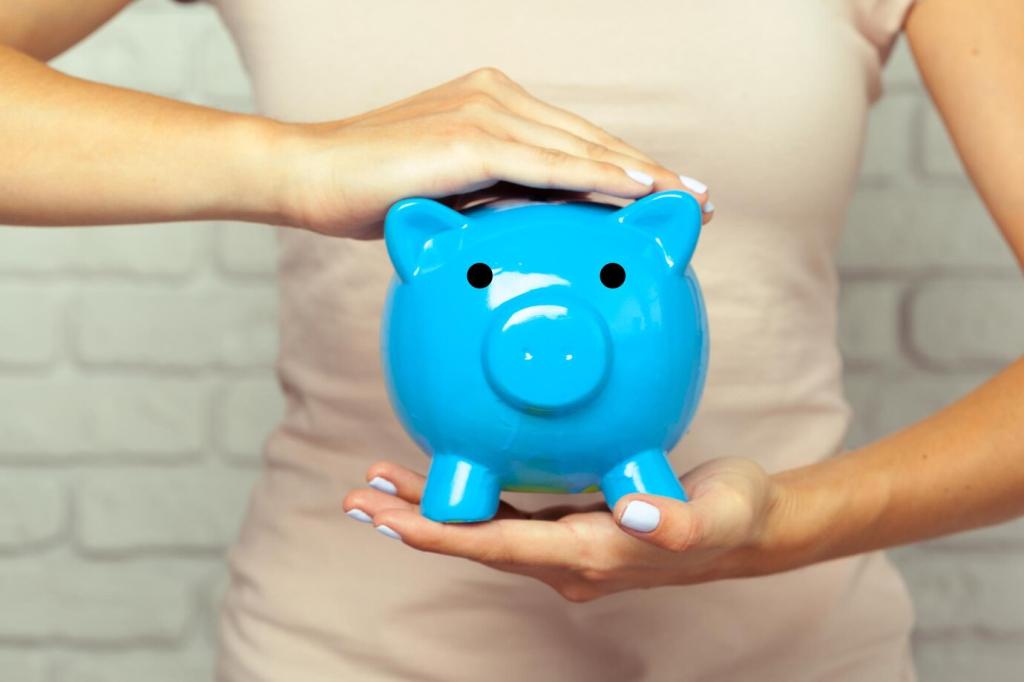

Define a Real Emergency
Job loss, urgent medical care, critical car or home repairs, or essential travel for family. Not concert tickets or a holiday sale. Decide your rules now, write them down, and share them with a trusted friend for accountability.
After a Withdrawal, Rebuild
If you tap the fund, increase automatic transfers temporarily and direct any windfalls to refilling it. Treat replenishment like a short-term project. Celebrate when you’re back to target—then return to your regular contribution rhythm.
Protect Your Peace of Mind
Daniel used his fund for a surprise dental bill and slept fine that night. The next day, he boosted transfers by $15 weekly and was whole again in six weeks. Comment with your refilling plan to help others stay encouraged.
